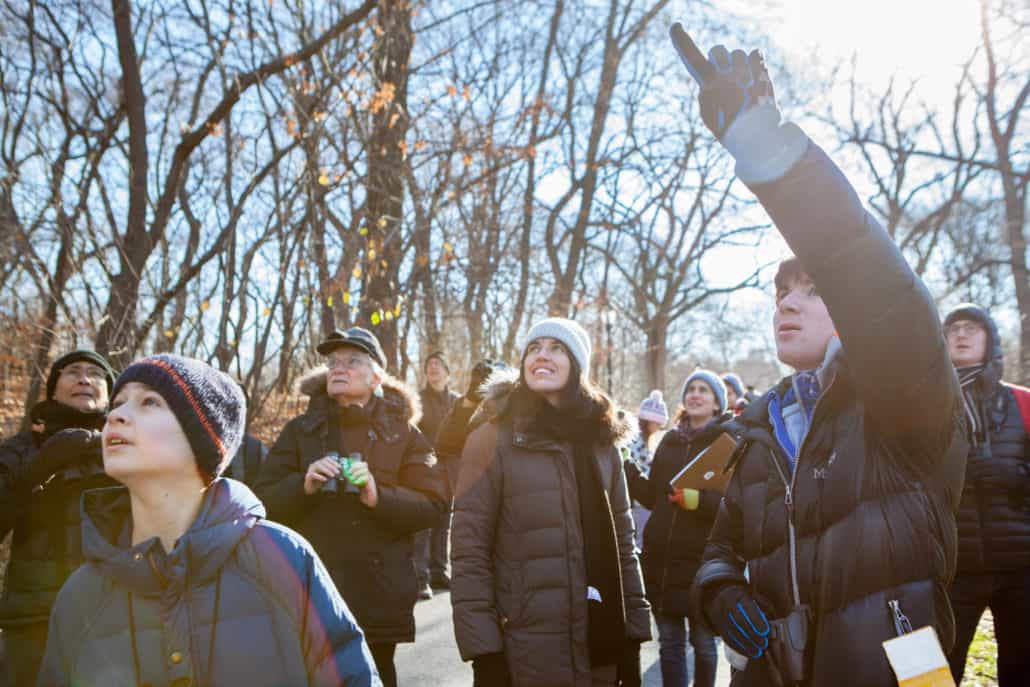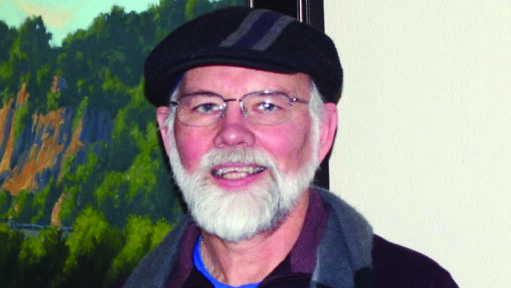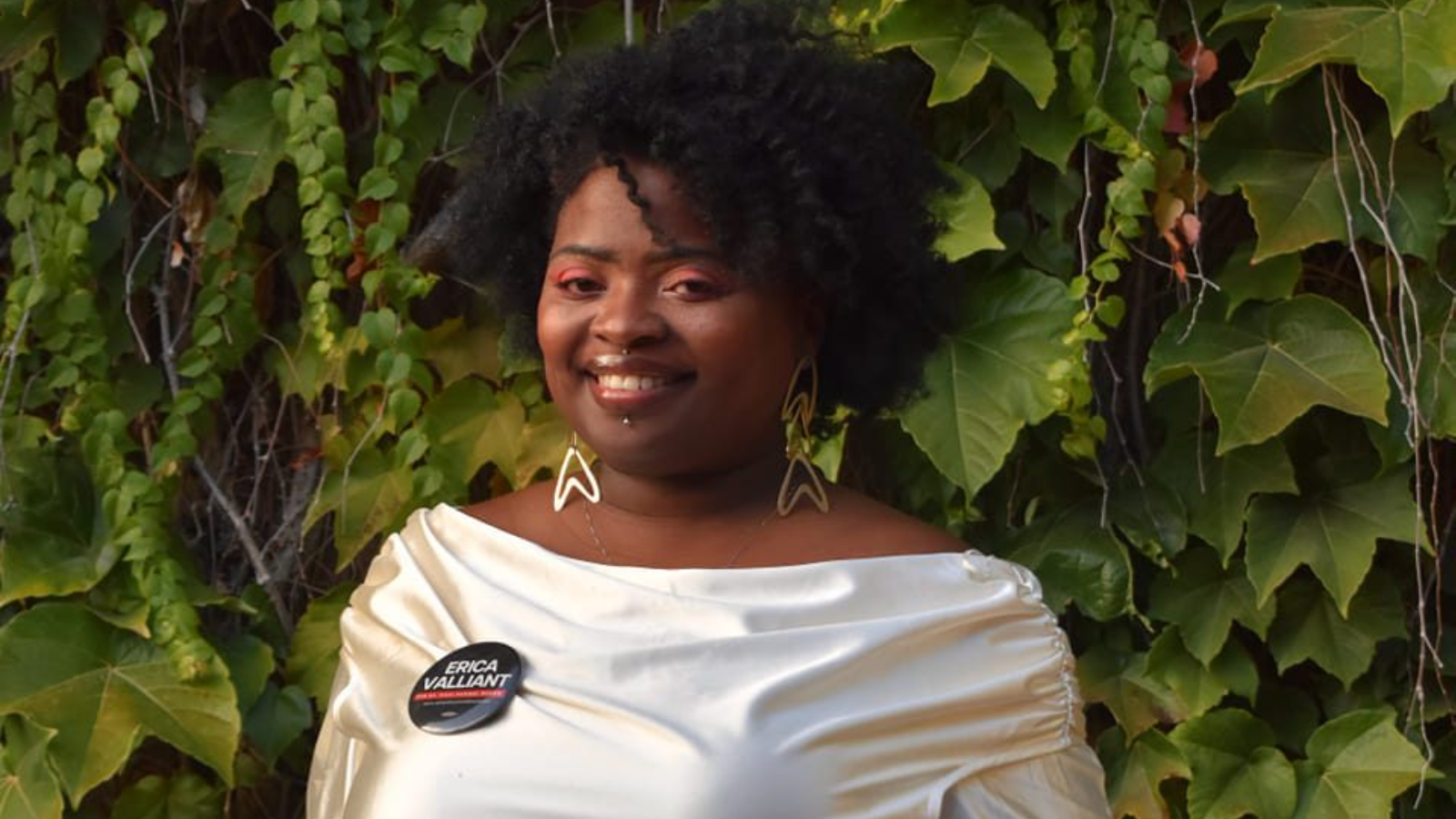Take part in Christmas bird count
The beautiful rustic redwood shingles are finally laid to rest on my roof. The giant blue tarps are gone, as well as the constant pounding. And the side yard is all cleaned up. The house sparrows were ruthlessly evicted when the ladders first went up. They lingered on the bridal veil shrub for a day amid the commotion.
Long gone for days, they could not resist their return. Those exotic, invasive birds and, you should know, my outdoor THERMOS grille. I must say I was witness to the sparrows return. Their ransack hotel was gone; they were very upset, frantically hopping on the roof, peering over the soffits, loudly chirping on the wire, bewildered. My grille stood under the spruce tree out of range for the roofers. With the unearthing of the blue tarp, the grille was nowhere to be found. Mysteriously, it showed up where it belonged, alongside the house. Kookymunga is all I can say about the grille. And I have nary a house sparrow on the bridal veil anymore.
The 119th Audubon Christmas Bird Count in the Twin Cities is set for Saturday, December 17, 2018. A group is meeting at Panera Bread in Highland Village at 7 a.m. finishing up around 4 p.m. The area surveyed is on The Veterans Home grounds, Minnehaha Creek, Lake Nokomis, and Camp Coldwater. We will be walking and driving. So, it is a day. But if you just want to join for part of the day you can drive your own car. Snow, rain, wind, or shine. Send me a message if you are interested in doing this with me this year: halleofalvey@gmail.com. You can also do a Backyard Bird Count on your own from your best window from Friday, December 14, 2018 through Saturday, January 5, 2019. See saintpaulaudubon.org/events/christmas-bird-count/.
We are nearing the end of “Year of the Bird,” something I learned more about in my research for this article. In 1918, The Migratory Bird Treaty Act was passed protecting birds from people. This act did not include the house sparrow, I might add, because they do not migrate. The snowy egrets, the relative of our great egret, were near extinction as their beautiful white feathers were harvested for the plume trade. In the late 1890s, Harriet Lawrence Hemenway and her cousin, Minna Hall, Boston socialites, started a successful boycott of feathered hats, and started the Massachusetts Audubon Society, bringing a long, hard fought battle to end the plume trade. [See #womenwhowork#Massachusetts#AudubonSociety.]
Email halleofalvey@gmail.com if you are interested in a birding trip.




